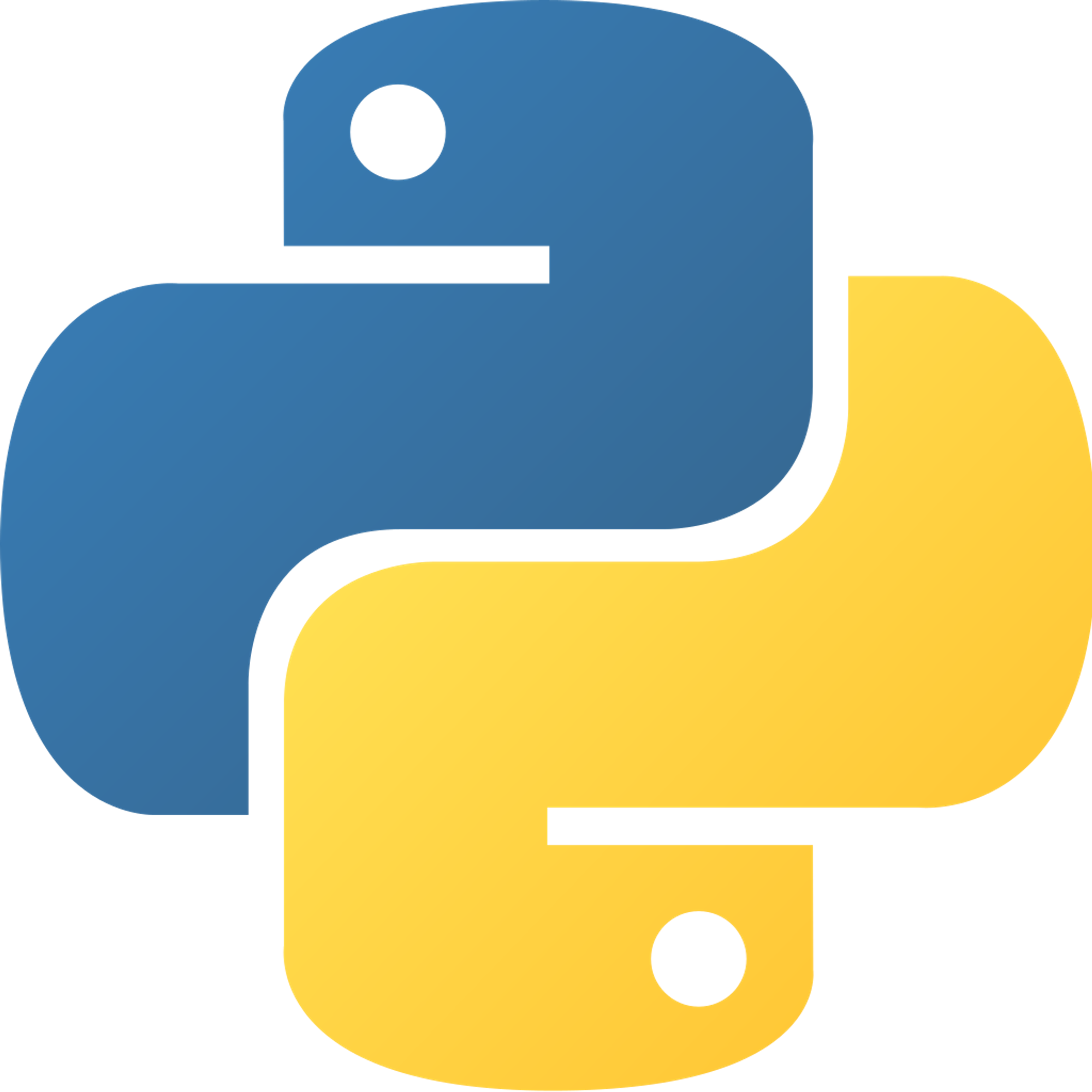Defining Functions
Functions are blocks of code that can be used as many times as you want. They execute certain pieces of code.
When you write code for a function, that’s called defining a function. When you define a function, you need to use the
def keyword along with the function name and parameters (if any):def scoop_ice_cream(flavor): # write function body here
Remember that indentation matters in Python! Anything that is in the function body should be indented once and only once to the right, relative to the function header.
Also, be aware that the flavor parameter (what goes inside the parenthesis) is basically a variable that you can use inside of your function. The value of that variable depends on whatever the programmer passes into it.
However, be careful not to use the flavor variable outside of the function. The scope of the variable is limited to only within the function body. (Scope is a fancy word for the region of the code where the variable can be used.)
Calling Functions
Defining functions is great, but how do you actually use them? In the programming world, we say that we "call" a function when we use it. To call a function, simply use its name and its parameters (which you'll learn later):
# defining the function def scoop_ice_cream(flavor): # write function body here # calling the function scoop_ice_cream(chocolate)
Note: when calling a function, you want to use a parameter that is different from when it is defined. In this example, don’t just simply use “flavor” again.
Previous Section
11.1 Functions IntroNext Section
11.3 ParametersCopyright © 2021 Code 4 Tomorrow. All rights reserved.
The code in this course is licensed under the MIT License.
If you would like to use content from any of our courses, you must obtain our explicit written permission and provide credit. Please contact classes@code4tomorrow.org for inquiries.
